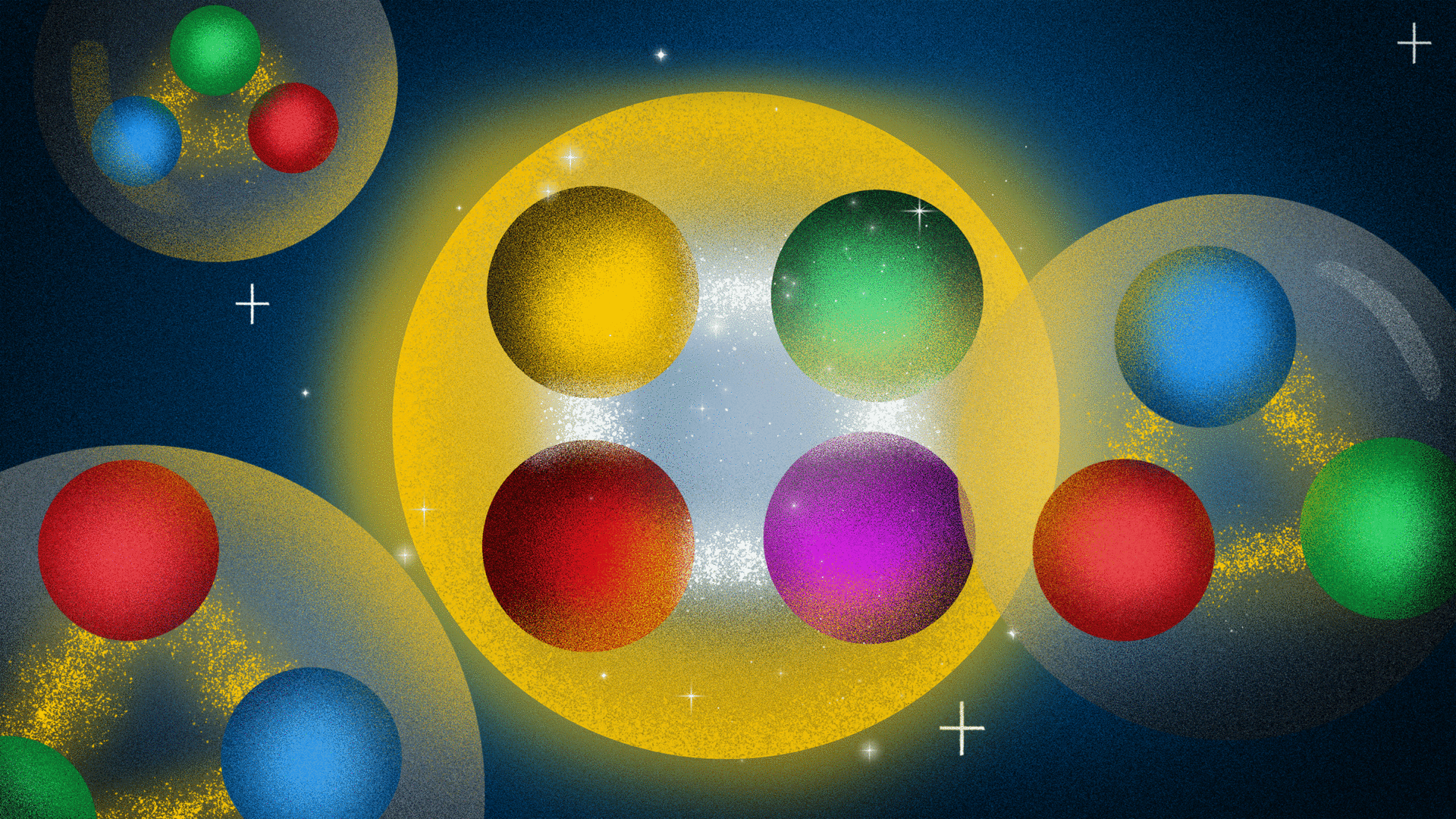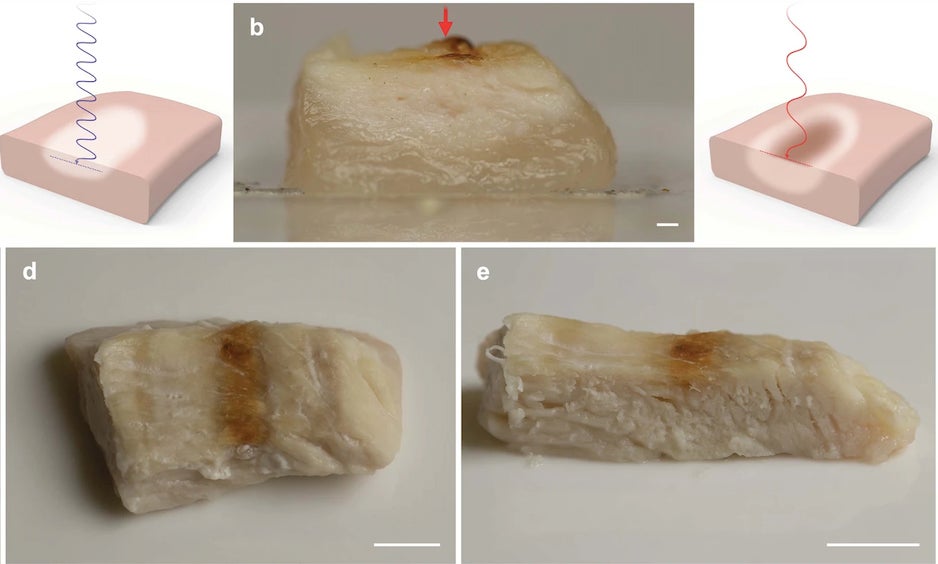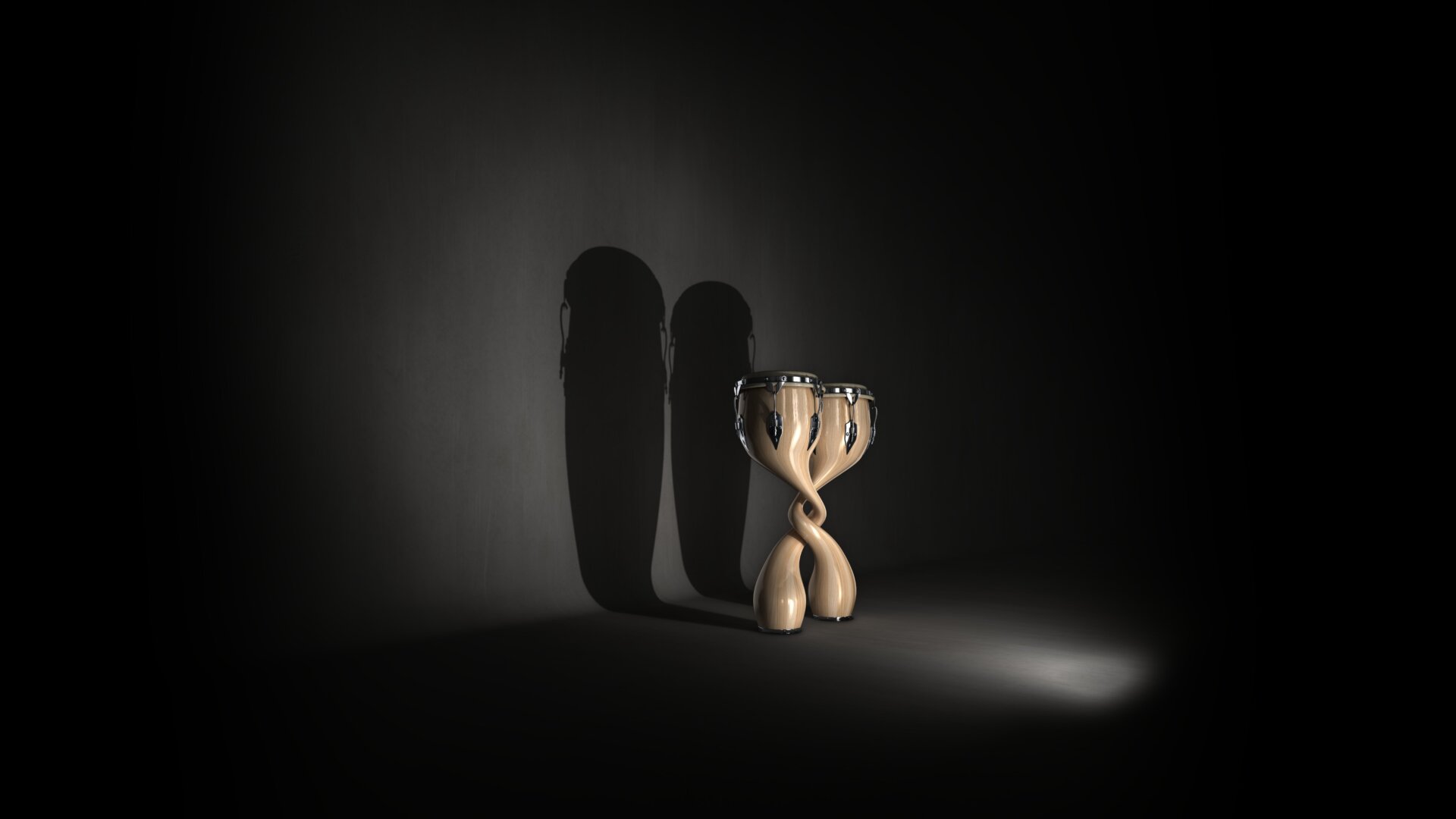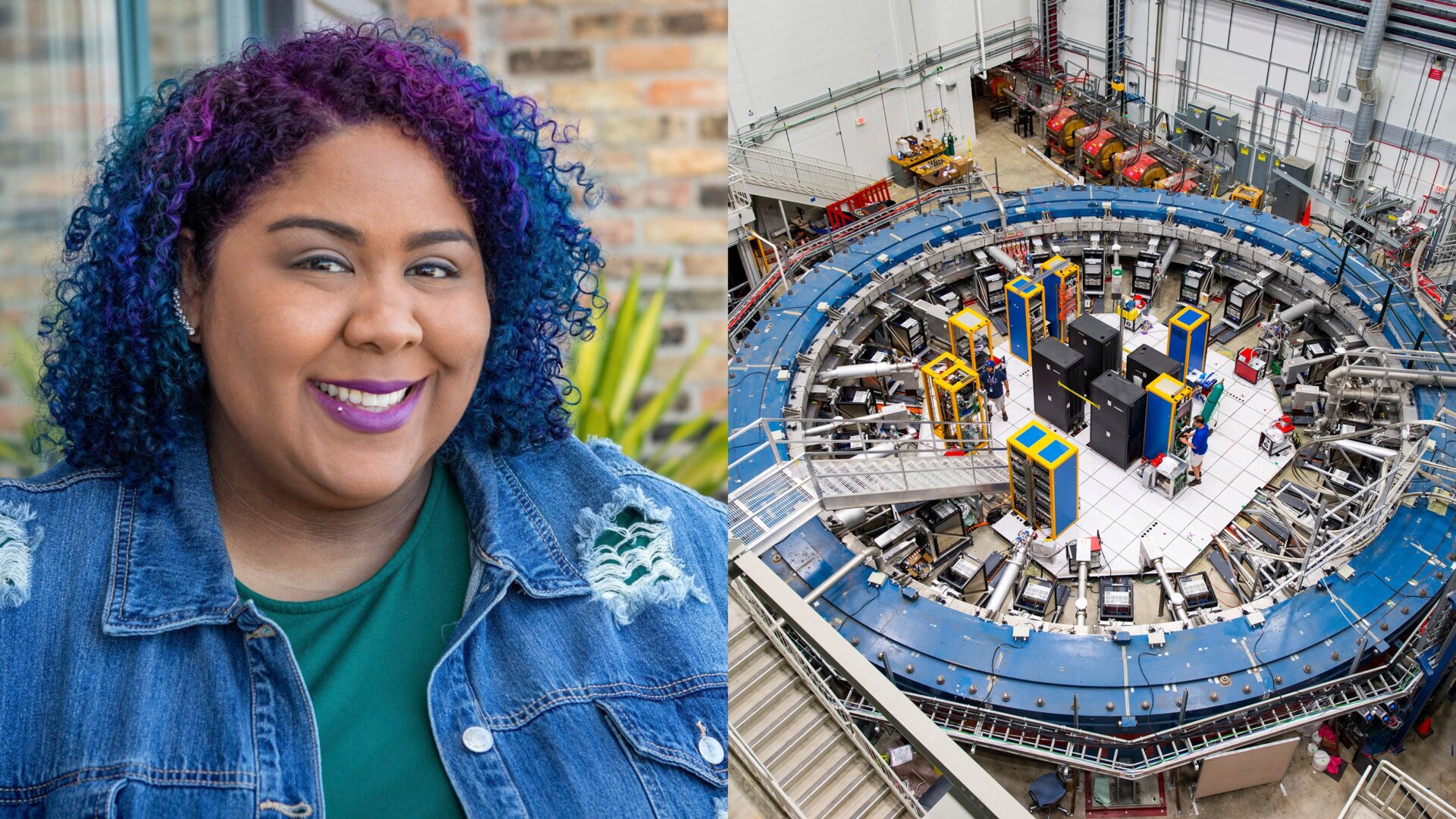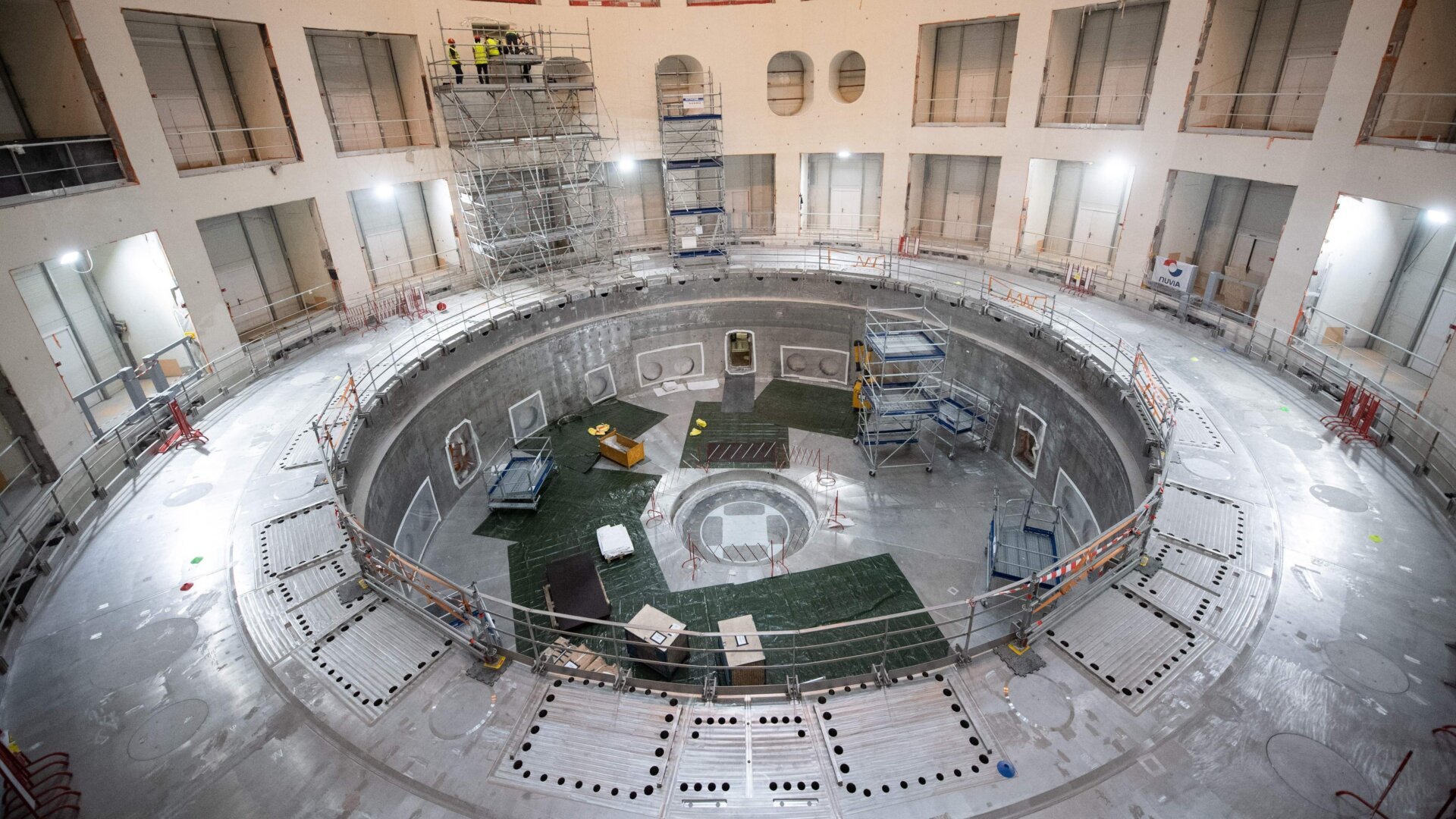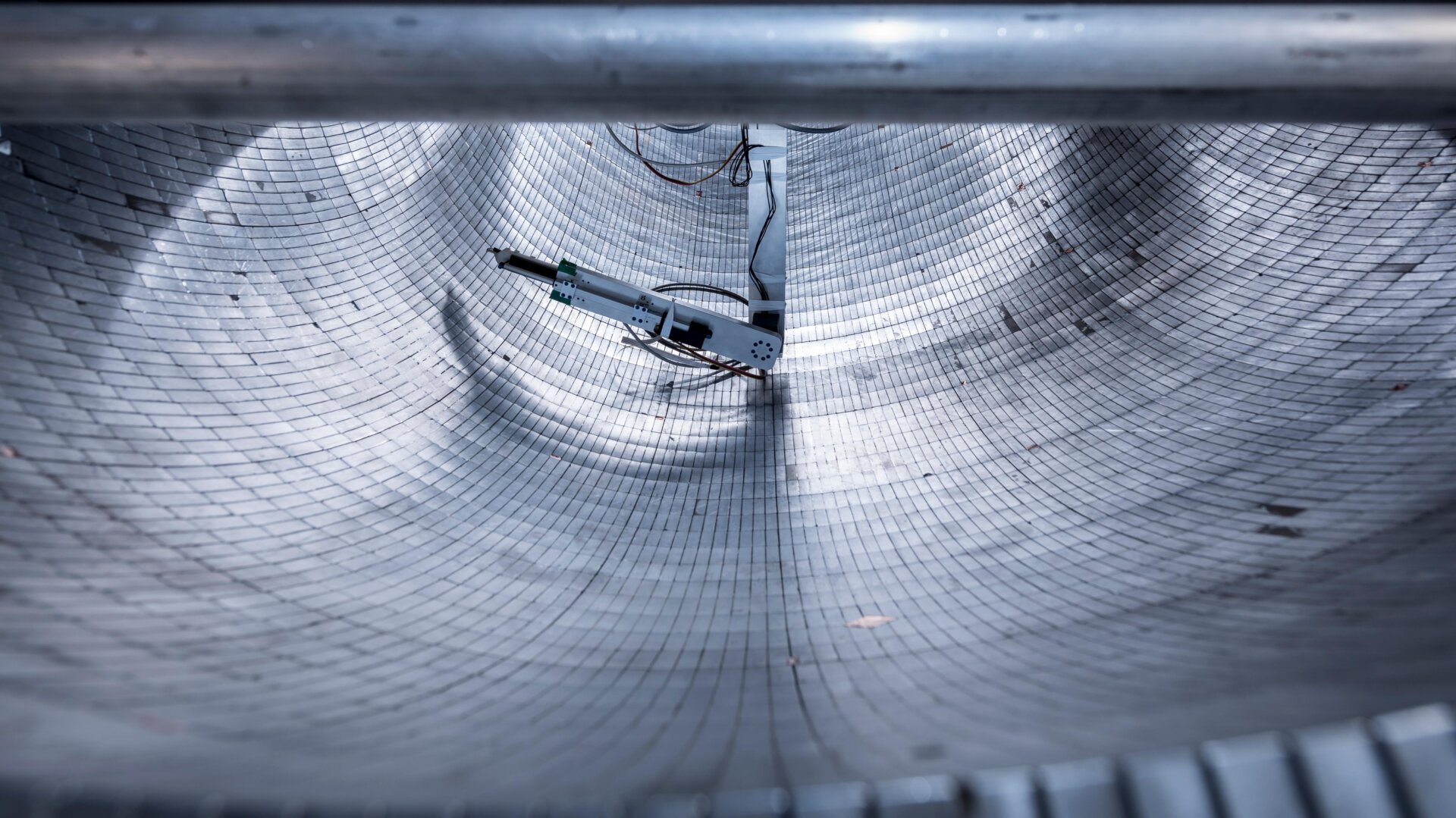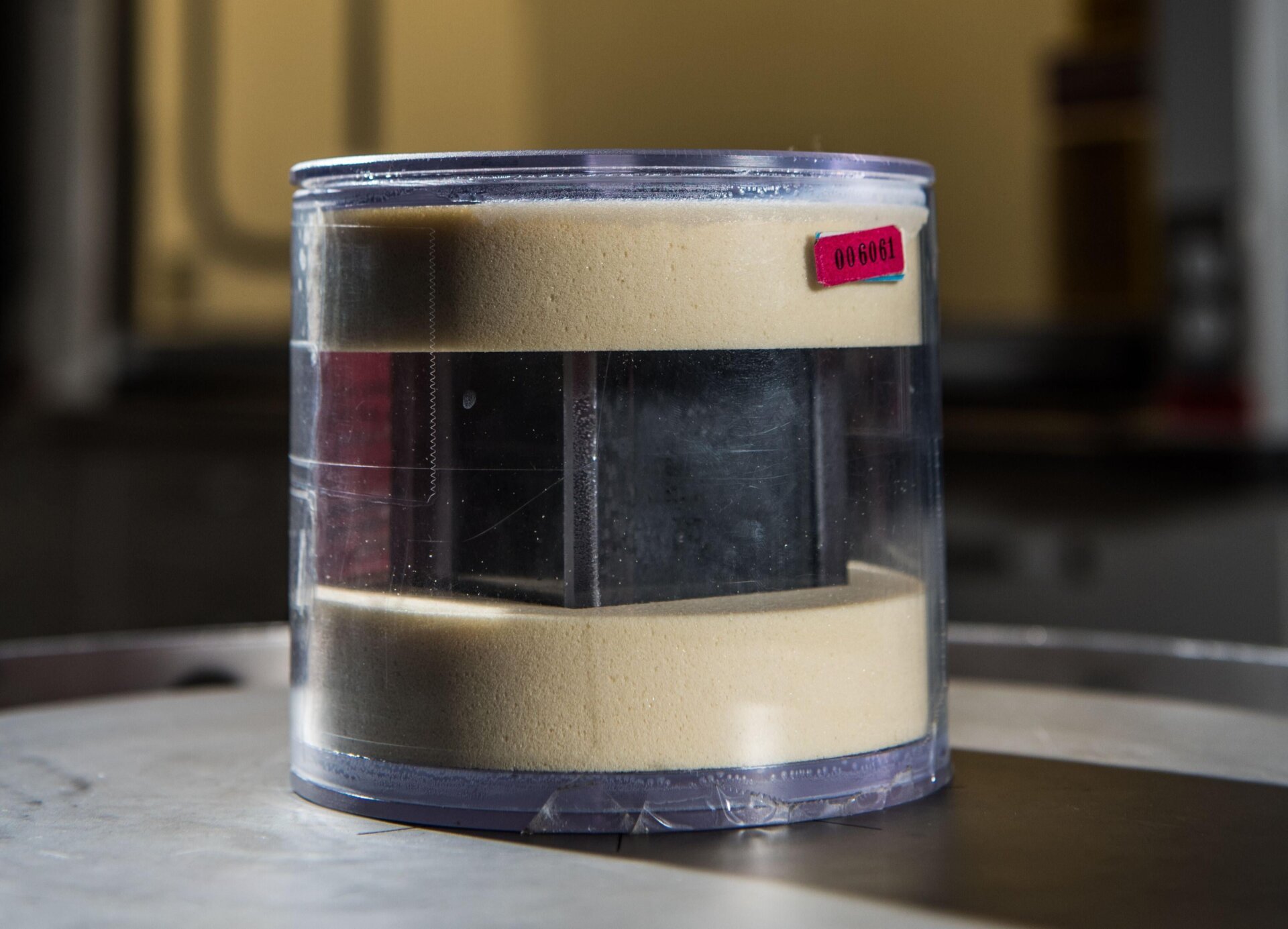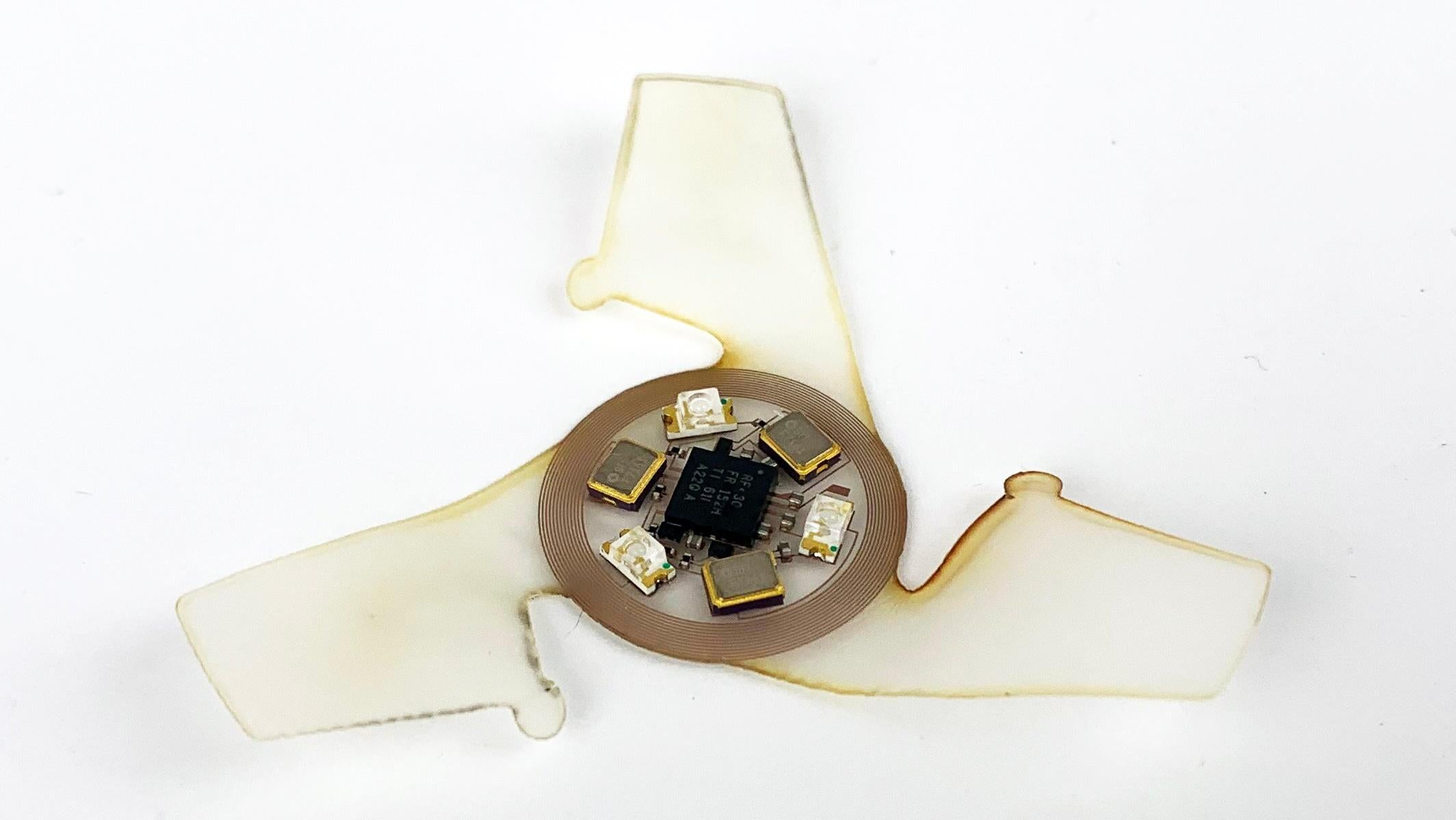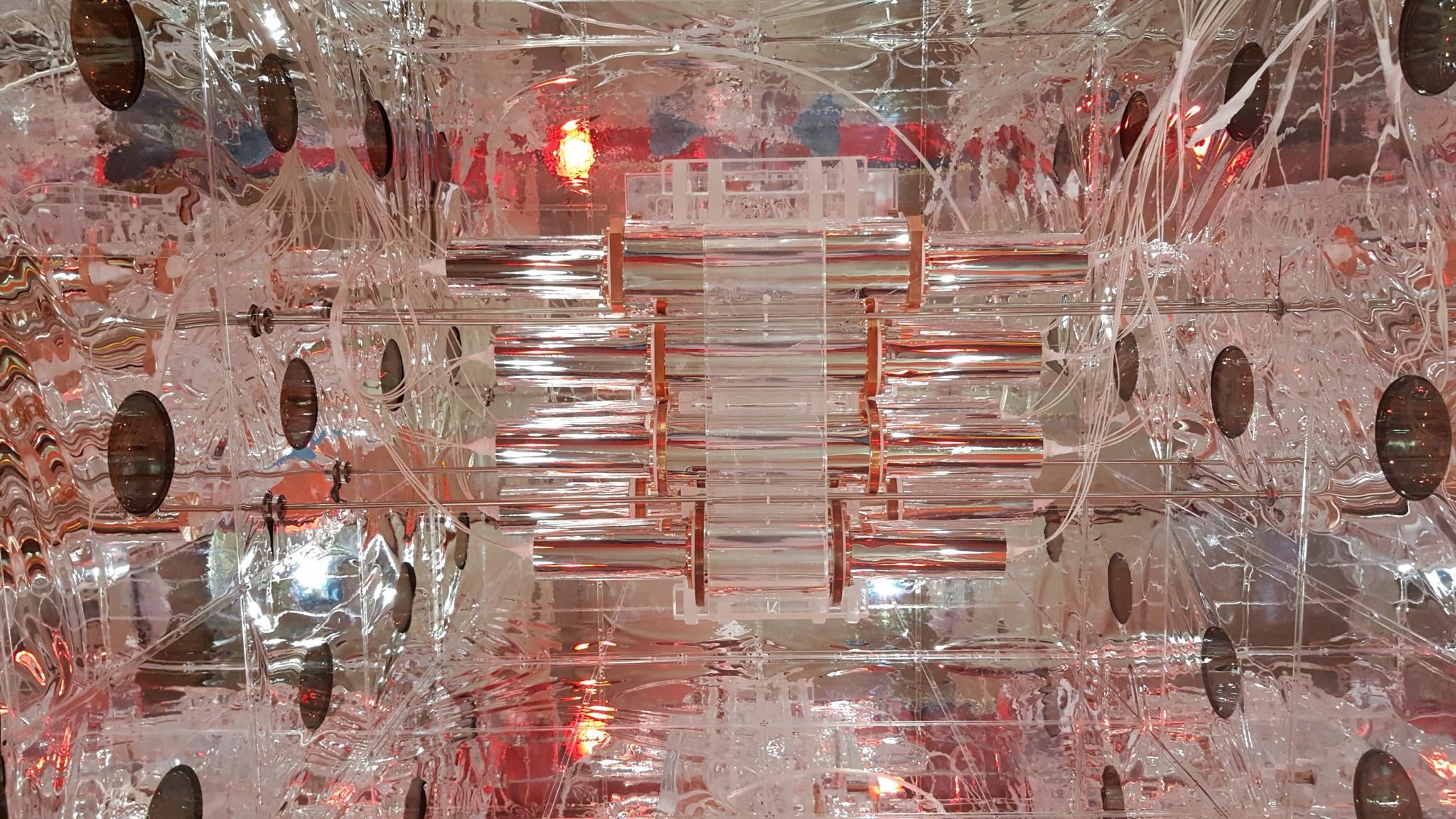The Large Hadron Collider beauty (LHCb) experiment at CERN recently unveiled a groundbreaking discovery at the European Physical Society Conference on High Energy Physics: the double-charm tetraquark, the longest-lived exotic matter particle found to date. This discovery sheds new light on the fundamental building blocks of matter and their interactions.
Quarks, the elementary particles that form hadrons like protons and neutrons, are at the heart of this discovery. While protons and neutrons consist of three quarks, the newly discovered tetraquark boasts four, a relatively rare configuration. First officially discovered in 2003, tetraquarks continue to intrigue physicists. This particular tetraquark comprises two heavy charm quarks and two light antiquarks, the antimatter counterparts of quarks.
Exotic particles like tetraquarks are typically ephemeral, appearing and disappearing rapidly within particle accelerators. However, this double-charm tetraquark exhibits a surprisingly long lifespan, albeit still incredibly short by human standards—estimated to be slightly longer than a quintillionth of a second, according to Patrick Koppenburg, a physicist at the Dutch National Institute for Subatomic Physics and a member of the LHCb team. “We will never be able to measure its lifetime directly,” Koppenburg explained.
Six distinct “flavors” of quarks exist: up, down, top, bottom, strange, and charm, each differing in mass and charge. The double-charm tetraquark stands out as the first exotic hadron with two charm quarks accompanied by non-charm antiquarks. “Quarks can be seen as Lego bricks, so just discovering a new combination of four quarks isn’t necessarily exciting,” explained Freya Blekman, an elementary particle physicist at Vrije Universiteit in Brussels, not affiliated with the experiment. “What’s interesting is how those particles are combined, because this can teach us how quarks stick together. I think it is a very exciting result.”
The double-charm tetraquark was identified through a technique called “bump hunting.” Researchers analyze the energy and mass distributions resulting from particle collisions in the LHC, searching for anomalies that indicate the presence of new particles. This same method famously revealed the Higgs boson in 2012. The 62 hadrons discovered at the LHC have all been uncovered using this painstaking process.
These discoveries significantly advance our understanding of fundamental particle interactions. “If you really want to know somebody, you put them in extreme situations,” said Marek Karliner, a particle physicist at Tel Aviv University, not involved in the research. “What we’re doing with these tetraquarks and pentaquarks is putting the theory in extreme situations… It turned out that this particular design of the LHCb experiment is ideal for searching for new hadrons.”
The double-charm tetraquark (denoted Tcc+) decays slowly because its mass only slightly exceeds that of its decay products. This unique property makes it a potential candidate for stable exotic hadronic states. Prior LHCb results led theoretical physicists to predict in 2017 the existence of a similar, potentially entirely stable tetraquark, Tbb.
“It shall be a breakthrough in particle physics if the discovery of a new type of tetraquark with two heavy quarks and two light antiquarks is proved,” remarked Rui-Lin Zhu, a theoretical physicist at Nanjing Normal University. “This discovery of the doubly charmed tetraquark in July 2021 is absolutely the triumph of theoretical predictions.”
Karliner, co-author of the 2017 prediction, emphasized that the experimental findings validate his earlier work and highlight LHCb’s exceptional capabilities. “They are now ruling the hadron universe,” he commented. “They have cornered the market on exotic hadrons.”
The next anticipated milestone may be the discovery of the predicted Tbb particle, dubbed Tcc+’s “beautiful cousin.” This ongoing research continues to push the boundaries of our understanding of the universe’s fundamental building blocks.



